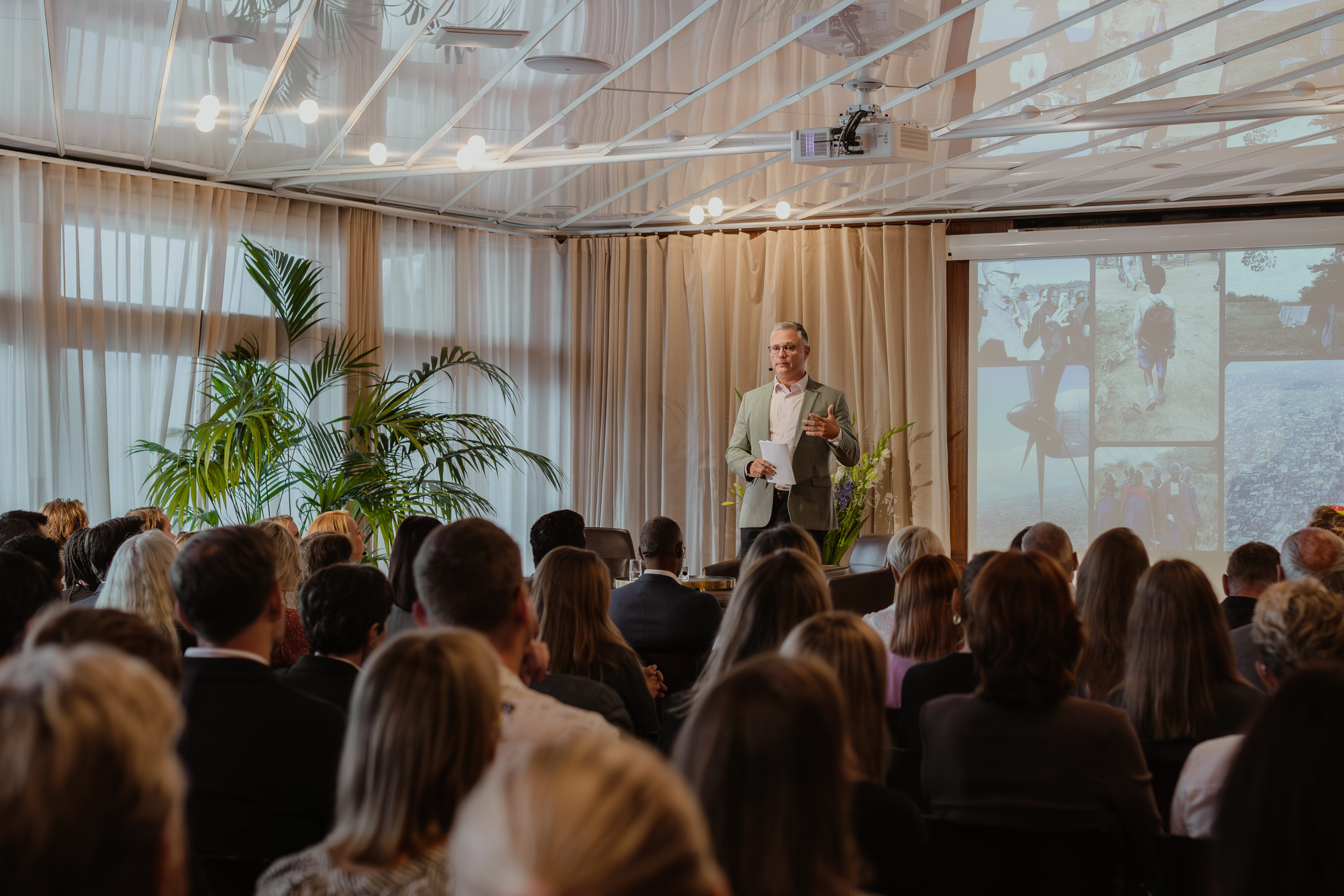The decision to give is often driven by emotion-a compelling story, a disturbing image, or a personal connection to a cause. But once that decision is made, the question becomes: how can you ensure your generosity creates the maximum possible impact? The difference between effective and ineffective giving can literally be measured in lives changed, and understanding these differences is crucial for anyone serious about making a meaningful contribution to solving global challenges.
Effective charitable giving is both an art and a science. It requires understanding not just the causes you care about, but how different giving strategies, timing, and approaches can multiply or diminish your impact. For water-focused initiatives, where the need is urgent and the solutions are measurable, these considerations become particularly important.
The landscape of international development has evolved dramatically over the past two decades. Donors today have access to unprecedented transparency about how their money is used, real-time feedback from project beneficiaries, and sophisticated data about what works and what doesn’t. This information revolution creates both opportunities and obligations for thoughtful donors who want to maximize their impact.
Understanding True Cost-Effectiveness
Most people think about donation impact in terms of simple math: more money equals more impact. But the reality is far more complex. A $100 donation to one organization might provide clean water access for one person for their entire lifetime, while the same donation to another organization might fund just a few months of temporary water provision. Understanding these differences requires looking beyond marketing materials to examine actual project costs, implementation approaches, and long term sustainability.
Consider the real costs involved in providing clean water access. A hand pump serving 300 people in rural Ethiopia might cost $12,000 to install. Simple math suggests that each person served costs $40. But this calculation ignores several crucial factors: the pump should function for 15-20 years with proper maintenance, meaning the annual cost per person is actually around $2-3. If you factor in the multiplier effects-children attending school instead of collecting water, women starting businesses with saved time, reduced healthcare costs from improved health-the true cost-effectiveness becomes even more impressive.
Different types of water projects have dramatically different cost structures and impact profiles. Emergency water provision during crises might cost $50-100 per person per year, but it saves lives in immediate danger. Community-based water systems might cost $30-50 per person served, but they create lasting infrastructure that continues functioning for decades. Advocacy and policy work might cost hundreds of dollars per person indirectly affected, but it can change systems that affect millions of people.
Understanding these differences helps donors make strategic decisions about where their money can create the most impact. Emergency relief and long-term development serve different purposes and should be evaluated differently. Policy advocacy and direct service provision operate on different timescales and create different types of change. Effective donors often diversify their giving across these different approaches rather than concentrating everything in one area.

The Power of Recurring Donations
Monthly giving programs might seem like simply a convenience for donors, but they actually create significantly more impact per dollar than one-time donations. Organizations with predictable revenue streams can plan more effectively, invest in staff development, and build long-term partnerships that reduce administrative overhead. They can also respond more quickly to emergencies and opportunities because they don’t need to fundraise for each individual project.
From a donor perspective, monthly giving often feels more manageable and sustainable than large annual contributions. A $50 monthly donation totaling $600 annually might feel easier to commit to than a $600 check written once per year. This psychological difference means that many donors give more through monthly programs than they would through annual campaigns.
Monthly giving also creates deeper engagement between donors and organizations. Instead of one annual communication about impact, monthly donors typically receive regular updates, project reports, and opportunities for deeper involvement. This ongoing relationship often leads to increased giving over time as donors develop stronger connections to the work and better understanding of the impact their contributions create.
The compound effect of predictable giving enables organizations to make longer-term commitments to communities and projects. Instead of implementing one-year projects and hoping for renewal funding, organizations with strong monthly giving programs can commit to five or ten-year community partnerships that create much deeper and more sustainable impact.
Strategic Timing and Tax Considerations
For donors in countries with tax-deductible charitable giving, understanding the tax implications can significantly increase the total impact of their contributions. In many tax systems, charitable deductions provide immediate financial benefits that can be redirected to additional giving, effectively allowing governments to partially subsidize private charitable contributions.
The timing of donations can also affect their impact beyond tax considerations. End-of-year giving, while popular, often means organizations receive large influxes of funding in December followed by months of uncertain revenue. Donations made during typically slow fundraising periods-summer months, early in the year-often receive more attention and create more impact because organizations have more capacity to deploy funds strategically.
Some donors find that grouping several years of intended donations into a single tax year maximizes their deduction benefits, particularly when combined with other strategies like stock donations or retirement account distributions. While these strategies require consultation with financial advisors, they can significantly increase the total amount available for charitable giving without increasing out of-pocket costs to donors.
Beyond Money: Leveraging Your Network
Effective donors understand that their financial contributions, while important, often pale in comparison to the impact they can create by engaging their personal and professional networks. A single social media post about a water project can reach hundreds of potential donors. A conversation at a business meeting can lead to corporate partnerships worth thousands of times more than individual donations.
Professional expertise often proves as valuable as financial contributions. Donors with backgrounds in engineering, finance, marketing, or management frequently contribute skills that organizations desperately need but cannot afford to purchase. A few hours of pro bona consulting can sometimes create more value than substantial financial donations.
Corporate giving programs represent another way to multiply individual impact. Many companies match employee charitable contributions, effectively doubling the impact of personal donations. Some provide volunteer time off policies that allow employees to contribute professional skills to charitable organizations. Others offer in-kind donations of products or services that organizations need.
Board service and volunteer leadership roles allow committed donors to contribute ongoing strategic guidance and oversight that shapes organizational effectiveness over years or decades. While these commitments require substantial time investments, they often create impact far beyond what the same time converted to billable hours and donated as money could achieve.
Evaluating Organizational Effectiveness
Not all charitable organizations are created equal, and understanding how to evaluate organizational effectiveness is crucial for donors who want to maximize their impact. Traditional metrics like overhead ratios, while easy to understand, often provide misleading information about organizational effectiveness.
Organizations working in challenging environments or addressing complex problems may necessarily have higher overhead costs than those working in easier contexts. An organization drilling wells in remote areas of Ethiopia will inevitably have higher logistical costs than one working in areas with good road access and established supply chains. Judging them by the same overhead standards makes no sense.
More sophisticated donors evaluate organizations based on outcome metrics rather than input ratios. How many people gained sustainable access to clean water? How long do projects continue functioning? What broader changes occurred in communities beyond the immediate project goals?
These questions provide much better insight into organizational effectiveness than simple financial ratios.
Transparency and communication quality often indicate organizational competence better than any single metric. Organizations that provide detailed project reports, respond promptly to donor questions, and maintain professional communications typically manage projects more effectively than those with poor communication practices.
The best organizations also demonstrate learning and adaptation over time. They modify approaches based on field experience, incorporate beneficiary feedback into program design, and show evidence of improving effectiveness through experience. Stagnant organizations that implement identical programs year after year often create less impact than those continuously evolving their approaches.
Technology and Transparency Revolution
Modern donors have access to unprecedented transparency about how their contributions are used and what impact they create. GPS coordinates for water projects allow donors to see exactly where their money goes. Real-time monitoring systems provide ongoing updates about project functionality. Photo and video documentation brings donors directly into contact with project beneficiaries.
This transparency revolution creates both opportunities and responsibilities for donors. Organizations that provide detailed reporting and real-time updates typically operate more professionally and effectively than those that don’t. Donors who take advantage of this information and actively engage with project updates often increase their giving over time as they develop deeper understanding of impact.
However, transparency tools are only valuable if donors actually use them. Many organizations invest significant resources in donor communication systems that few donors actively engage with. Donors who want to maximize their impact should actively participate in the feedback loops that organizations create, asking questions, providing input, and staying engaged with project developments.
Long-Term Relationship Building
The most effective charitable giving occurs within the context of long-term relationships between donors and organizations. These relationships allow for deeper understanding of challenges and opportunities, more strategic deployment of resources, and more significant impact over time.
Building these relationships requires ongoing engagement beyond simply writing checks. Attending organizational events, participating in donor education programs, visiting project sites when possible, and maintaining regular communication with organizational leadership all contribute to more effective partnerships.
Long-term donors often become informal advisors to organizations, providing strategic input based on their professional expertise and accumulated knowledge about the organization’s work. This advisory role can be as valuable as financial contributions, particularly for smaller organizations that cannot afford extensive consulting services.
Effective donors also understand that supporting organizational growth and capacity building often creates more long-term impact than funding specific projects. Donations that enable organizations to hire skilled staff, develop new programs, or invest in better systems can multiply impact across all of an organization’s work rather than just specific initiatives.
The most sophisticated donors view their charitable giving as portfolio management, diversifying across different types of organizations, geographic regions, and intervention approaches. They might support emergency relief organizations for immediate crisis response, community development organizations for long-term capacity building, and advocacy organizations for policy change, recognizing that these different approaches complement each other in addressing complex global challenges.
Measuring Your Personal Impact
Effective donors develop systems for tracking and evaluating their own giving over time. This might involve keeping records of donations and outcomes, setting personal giving goals and strategies, and regularly reassessing the effectiveness of their charitable portfolio.
Some donors benefit from developing personal mission statements that guide their giving decisions and help them resist emotional appeals that don’t align with their strategic priorities. Others find that setting specific impact goals-such as providing clean water access for a certain number of people helps them stay focused and motivated.
Regular evaluation of giving effectiveness allows donors to learn from experience and improve their impact over time. Organizations that consistently provide good outcomes and communication deserve increased support, while those that disappoint should receive reduced funding or feedback about needed improvements.
The most effective donors understand that their charitable giving is a long-term commitment that should evolve and improve over time. Like any other important skill, effective giving requires practice, learning, and continuous improvement. The stakes are high-the difference between effective and ineffective giving can be measured in lives changed and communities transformed.
Maximizing donation impact isn’t about finding perfect organizations or foolproof strategies. It’s about being thoughtful, strategic, and engaged in ways that help good organizations do better work and create more lasting change in the world.



